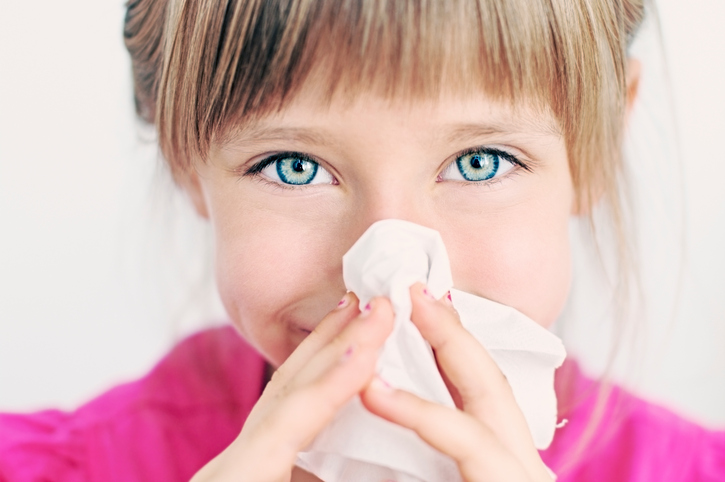More Nebraska children are being taken to emergency rooms (ER) with serious allergic reactions according to a Blue Cross and Blue Shield Association childhood allergies study. The number increased by 39 percent from 2014 to 2017 among Blue Cross and Blue Shield of Nebraska members.
“What that tells me is that parents are reacting to symptoms that their children are having and recognizing it for the emergency that it is,” Dr. Debra Esser, chief medical officer said.
Doctors office visits also increased by 102 percent.
Allergic reactions to specific foods were responsible for nearly half (74 percent) of the anaphylaxis episodes. Anaphylaxis is an acute reaction to an antigen, which can trigger an immune response in the body and be life threatening.
The most common triggers:
- Peanuts (34.4 percent)
- Unknown foods or causes (26 percent)
- Tree nuts and seeds (12.0 percent)
- Milk and eggs (7.5 percent)
“The new recommendations are to start exposing the children earlier in their nutritional diet, with a peanut instead of waiting until they’re two or 18 months,” Esser said. “By using very small amounts of that peanut substance, the antigen, perhaps we can help people who have reactions not have as severe reactions. This should only be done under medical supervision.”
When it comes to spring allergies in children, there was a nine percent increase from 2016 to 2017. In 2017, nearly 20 percent of Nebraska boys and 16.5 percent of the girls received allergy treatment between the ages of 0 and 4. Allergy treatment declines to 6 to 8 percent after a child turns 5 years old.






